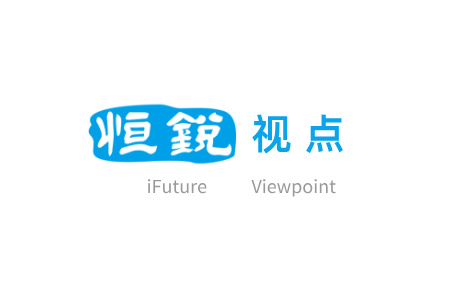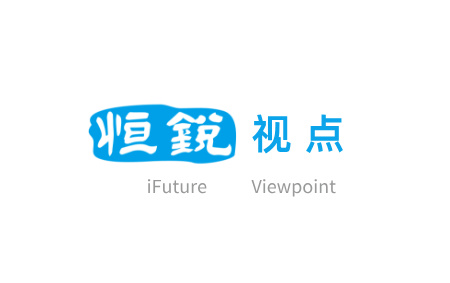Key Considerations for Interpreting Patent Claims Using the Specification
The patent claims define the scope of protection sought by the patentee by outlining the technical solutions to be protected. When technical features in the claims have specific or ambiguous meanings, or when determining the substantive scope of protection after establishing the literal scope, the specification must be used to interpret the claims. However, care must be taken to avoid unduly narrowing or expanding the scope of protection during interpretation. Below is a summary of key considerations.
I. Rules and Sequence for Interpreting Technical Features
1) Rules for Interpreting Technical Features
① Legal Basis
Patent Law of the People’s Republic of China, Article 64:
The protection scope of an invention or utility model patent shall be determined by the content of the claims. The specification and drawings may be used to interpret the claims.
The protection scope of a design patent shall be determined by the product’s design as shown in drawings or photographs, with brief descriptions used to interpret such design.
② Judicial Interpretation
Supreme People’s Court Interpretation on Patent Infringement Disputes, Article 3:
Courts may interpret claims using the specification, drawings, related claims, and prosecution history. Special definitions of terms in the specification prevail.
If ambiguity remains, publicly available references (e.g., textbooks, technical dictionaries) and the common understanding of skilled practitioners in the field may be considered.
2) Sequence for Interpreting Technical Features
① Claims as the Foundation:
Claims are the primary basis for determining the protection scope. The specification and drawings serve only to clarify the claims and cannot override their core role.
② Prioritize Internal Evidence:
Interpret terms first using internal evidence (specification, drawings, prosecution history). External evidence (e.g., industry standards) may supplement only if internal evidence is insufficient.
③ Align with the Invention’s Purpose:
Interpret claims from the perspective of a skilled practitioner, considering the overall technical solution, context of the claims, and the invention’s objectives.
II. Key Considerations When Using the Specification to Interpret Claims
1) Avoid Limiting Claims Using Implementation Details from the Specification
The specification describes the invention to enable implementation but cannot exhaustively list all embodiments. Example descriptions in the specification or drawings should not restrict the scope of the claims.
2) Avoid Importing Parameters or Positional Limitations from the Specification
If a technical feature in the claims is clear and the specification does not redefine it, the claim’s wording governs. Parameters or positional details from the drawings/specification should not be read into the claims.
3) Use the Specification’s Special Definitions
If a technical feature in the claims is ambiguous or lacks an established industry definition, the specification’s explicit definitions must guide interpretation.
4) Interpret “Old Terms with New Meanings”
Terms with established meanings must be interpreted in light of the invention’s context (background, objectives, technical problems solved). The specification may assign new meanings to such terms.
Case Example: Infringement Dispute over Invention Patent CN200780027217.X (“Cleaning Device”)
Key Issue: Interpretation of the term “power source” in Claim 1.
Claim 1 Excerpt:
*A handheld vacuum cleaner comprising:
An elongated suction pipe with a longitudinal axis and an inlet opening;
A airflow generator;
A cyclone separator;
A "power source" for supplying power to the airflow generator;
An elongated handle between the airflow generator and power source, angled 80°–90° relative to the suction pipe’s axis.*
Specification [0027]:
"The handheld vacuum cleaner need not use rechargeable batteries; standard batteries or a power cord may be employed."
Analysis:
While the specification distinguishes between rechargeable batteries, standard batteries, and power cords (all broadly falling under "power source"), the power cord embodiment does not achieve the invention’s purpose. Thus, the term "power source" in the claims cannot be interpreted to include "power cord," and the scope must exclude this embodiment.




